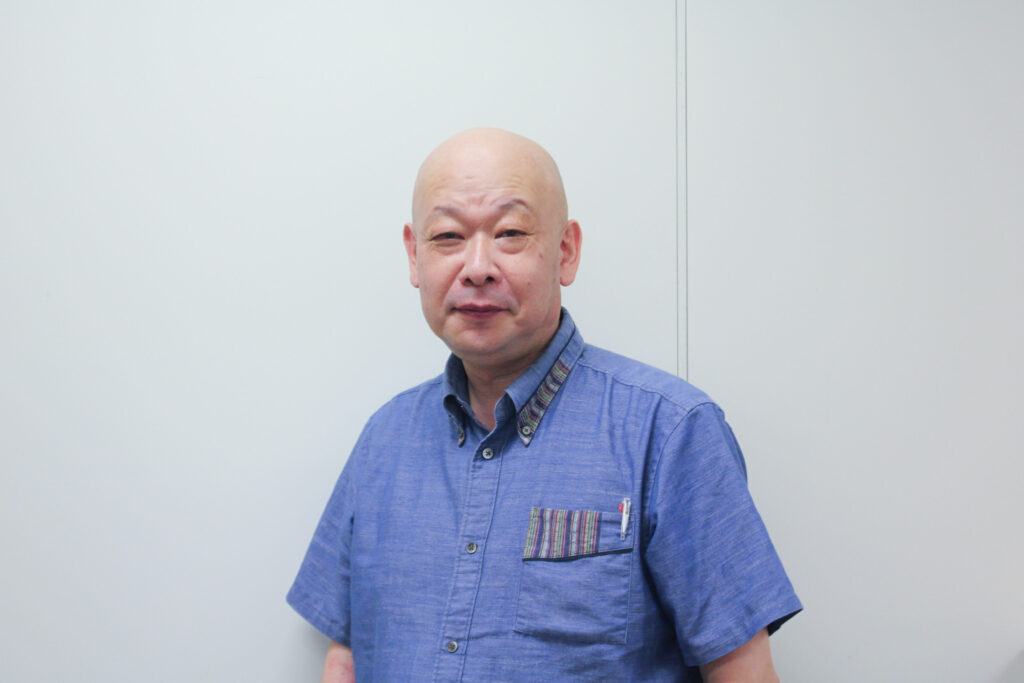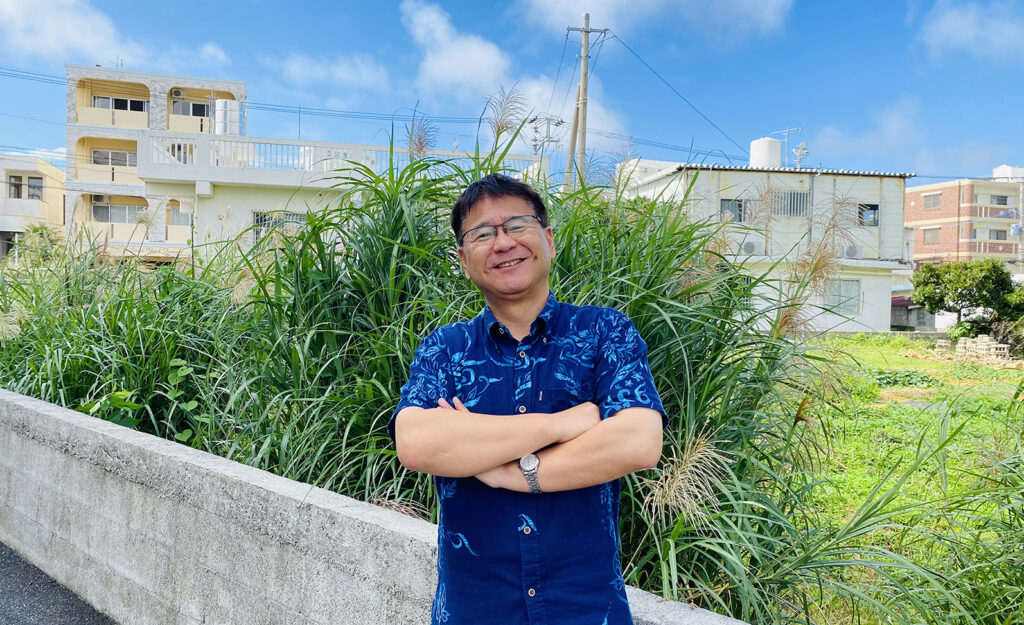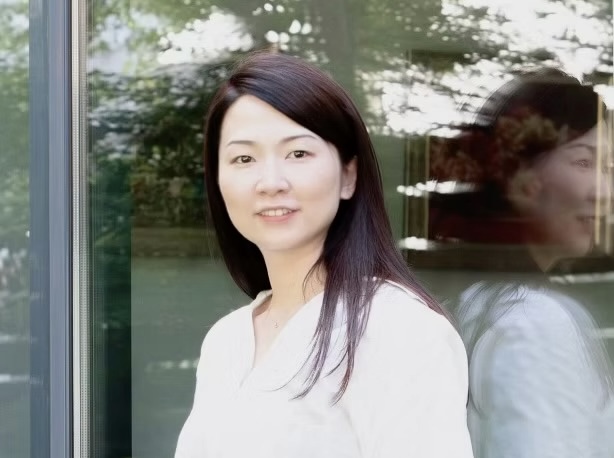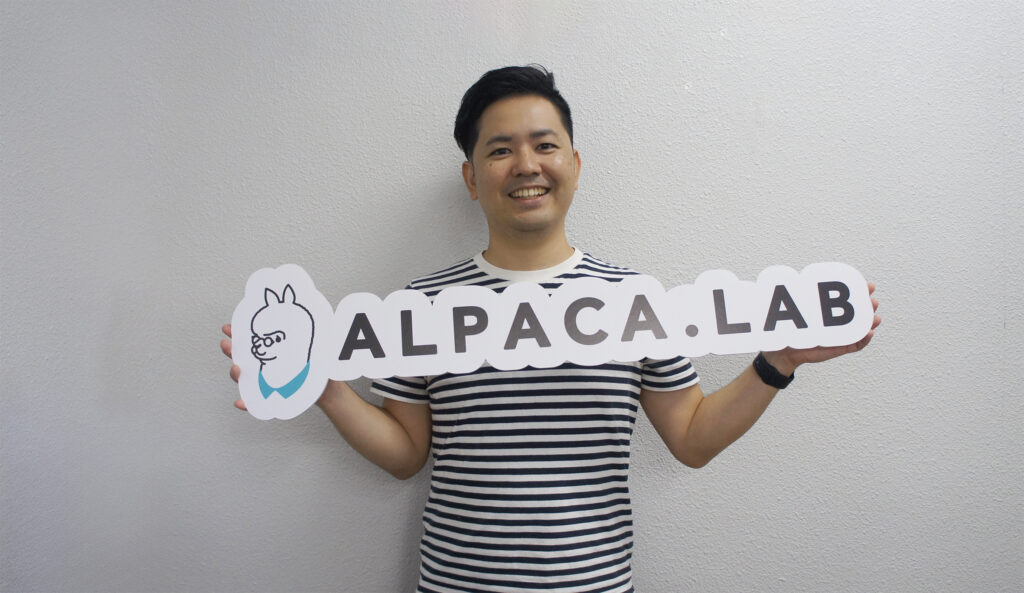“World’s First! A biotech venture company from Okinawa aims to revolutionize the declining sericulture industry. They are utilizing a part of silkworms to revitalize drug discovery and regenerative medicine research. Professor Masaharu Ito, CEO of Silk Renaissance Co., Ltd., who developed this technology, was interviewed to learn about the features of the technology, its development background, and future business expansion plans.
The world’s first technology synthesizing essential components for pharmaceuticals and regenerative medicine using silkworm extract.
“Protein synthesis,” a term unfamiliar to many, can be explained simply as creating protein components related to diseases necessary for experiments and research to develop drugs.
Until now, methods mainly utilized wheat germ extract and the “insect cell-free protein synthesis system” developed by the company’s representative in his previous position. However, challenges such as insolubility of the synthesized proteins, and limited synthetic quantities produced at once were encountered.
Overcoming these challenges and gaining attention is the “Silkworm Cell-Free Protein Synthesis System using Silkworm Larval Posterior Silk Gland Extract (hereinafter referred to as the Silkworm Cell-Free Protein Synthesis System).” This system, developed by Professor Ito, who is both the representative of Silk Renaissance and a professor at Okinawa National College of Technology, is the world’s first technology of its kind.
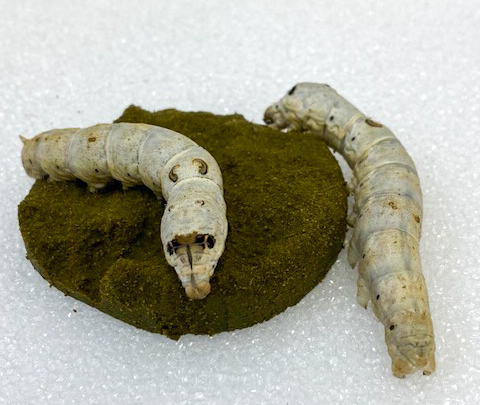
Realizing high synthesis quantities in a short time! Excellent features of the Silkworm Cell-Free Protein Synthesis System.
In the technology of the Silkworm Cell-Free Protein Synthesis System, a solution called “posterior silk gland extract” is used, which is obtained by extracting and crushing the posterior silk glands of fifth instar silkworm larvae (prior to cocoon formation). This solution is then put into test tubes, supplemented with amino acids and energy sources, and using DNA containing genetic information as a template, a wide variety of proteins tailored to specific purposes can be produced.
Compared to conventional protein synthesis systems, the advantages include the characteristic of high synthesis quantities derived from animals.
Conventional cell-free protein synthesis systems were made using extracts from sources such as Escherichia coli, wheat germ, rabbit reticulocytes, insect cell cultures, and human cell cultures. While the company’s representative had previously succeeded in developing an insect cell-free protein synthesis system as a leading product in his previous position, the Silkworm Cell-Free Protein Synthesis System achieved over twice the synthesis quantity of the previous product and more than 60 times the quantity compared to those derived from rabbit reticulocytes. This system is capable of producing an overwhelmingly larger amount of proteins.
Furthermore, as mentioned earlier, another characteristic is the extremely short production period. While other production methods using living cells may take one week or four months, the company’s technology can complete the process in just five hours.Additionally, other merits of the Silkworm Cell-Free Protein Synthesis System using posterior silk gland extract include: ① No need for cell cultivation, ② Easy high-throughput screening (evaluating compounds rapidly and automatically using robots), ③ Ability to synthesize proteins with cell toxicity, ④ Easy introduction of non-natural amino acids, ⑤ Not falling under the category of genetic engineering experiments.
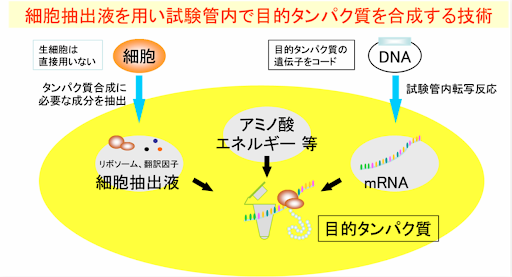
The company utilizes this technology to receive target genes from pharmaceutical companies and others, synthesize and purify the target proteins, and deliver them along with test reports.
Furthermore, as part of its ongoing business, the company has started manufacturing proteins related to diseases with pre-existing demand using the Silkworm Cell-Free Protein Synthesis System and has begun selling them as research reagents.
The background of development and entrepreneurship
Now that we understand the mechanism of Silk Renaissance’s Silkworm Cell-Free Protein Synthesis System, let’s introduce the background of its development and the process of entrepreneurship.
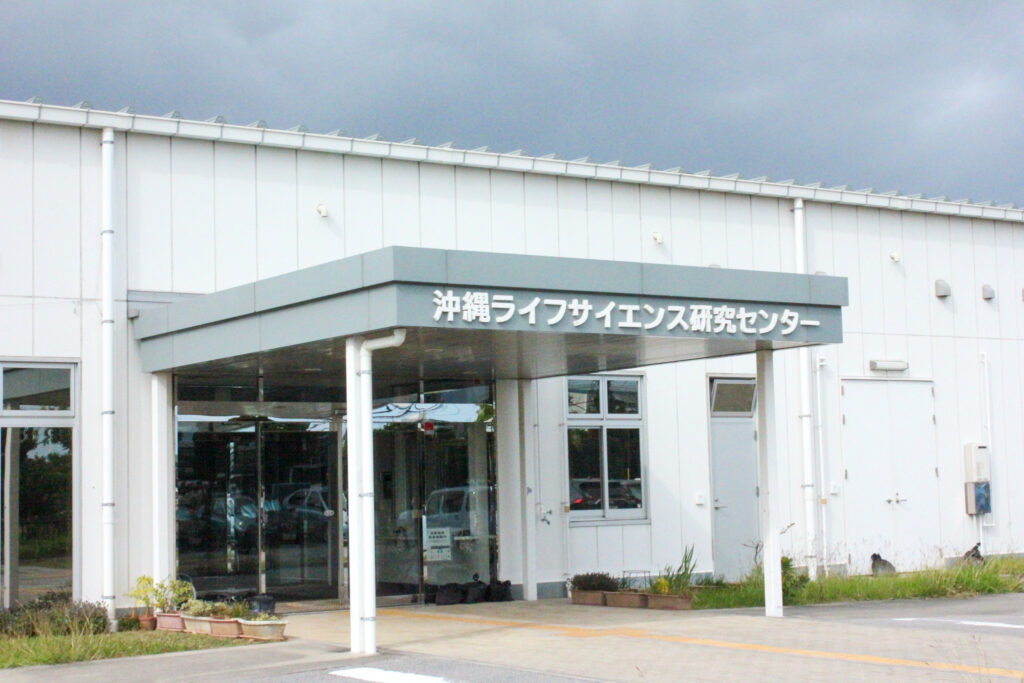
After graduating from the Graduate School of Engineering at Kyoto Institute of Technology, President Ito worked in a research position in a private company. In 2008, he assumed the position of Associate Professor at Okinawa National College of Technology, and later became a full Professor in 2010. Currently serving as the Vice President of the same institution, he is responsible for promoting research and industry-academia collaboration, while also serving as the CEO of Silk Renaissance Co., Ltd.
Despite his busy schedule at the end of the academic year, Professor Ito graciously took the time to meet with us. He kindly guided us through the school premises during our interview, answering questions with a smile.
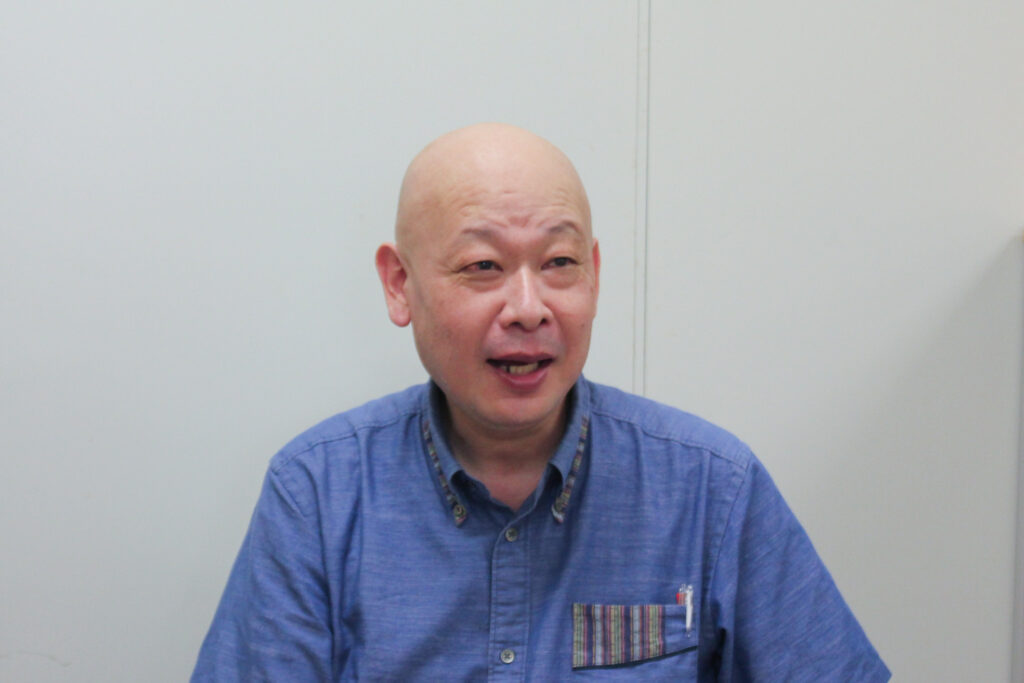
President Ito explains, “The mission of the business is the revival of sericulture. This is also the origin of the name Silk Renaissance, symbolizing the rebirth of silk. Traditional sericulture, which involves cultivating mulberry trees and silkworms to produce silk from cocoons, is gradually losing demand domestically. The idea of creating a new form of sericulture industry sparked both our research and entrepreneurship.”
In 2011, they were selected for the Okinawa Prefecture Venture Creation Support Program, and in 2018, Silk Renaissance Co., Ltd. was established.
President Ito mentions that preparing for entrepreneurship while fulfilling duties as Vice President and an educator was quite challenging.
“It was honestly very challenging. We had to move the business forward without knowing anything about the process of entrepreneurship. It took more than a year and a half for our first round of fundraising. While we were grateful for the support we received from many people, the assistance was fragmented. I also think there are areas for improvement in startup support in Okinawa.
Hands-on support from those who understand the flow of entrepreneurship could be beneficial. I’ve been in business for seven years now, and if I have the opportunity in the future, I hope I can offer advice to those who are struggling like I did back then.”
Vice President of Okinawa National College of Technology and president of a startup, President Ito wears two hats. Where does his motivation come from?
“I want to make the startup business a success, and I want to continue working in the field of education. I hope more people like me, who are in academia but also venture into entrepreneurship, will increase,” says President Ito. His passion and determination shine through his words.
The future prospects of Silk Renaissance
The cell-free protein synthesis system using silkworm larval posterior silk gland extract holds great potential in the pharmaceutical industry, and the company is focusing on sales and public relations activities to spread this technology not only domestically but also worldwide. Despite being a small startup with only four members, they are working hard every day to increase their visibility and expand their sales channels.
Finally, we asked President Ito about the future prospects of the company.
“By June 2024, we aim to raise ¥120 million through a third-party allocation of new shares. We plan to hire three new researchers to advance research, development, and commercialization, aiming for business expansion. Our current goal is to achieve profitability by the fiscal year 2026. Additionally, while we are currently selling products to pharmaceutical companies, our dream for the future is to become a pharmaceutical company rooted in Okinawa.”
It might not be long before Silk Renaissance Co., Ltd., a venture company from Okinawa National College of Technology, expands its business as Okinawa’s first pharmaceutical company. It’s definitely a startup to keep an eye on going forward.
Interview and Japanese Text by Kanako Inafuku

